All information about dates, dates, religious festivals and days related to Nepal
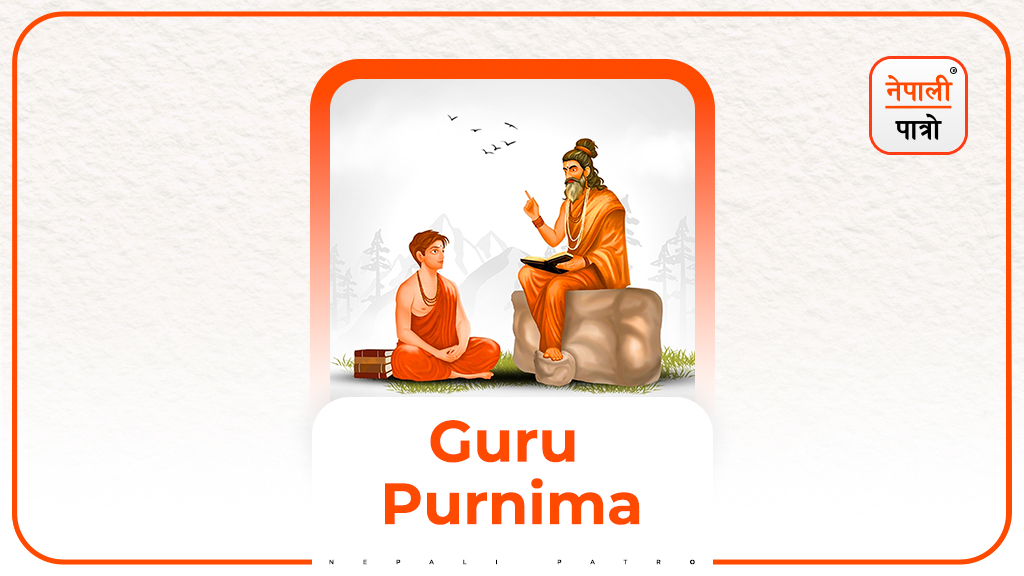 array(1) {
[0]=>
object(WP_Term)#1825 (16) {
["term_id"]=>
int(383)
["name"]=>
string(9) "Festivals"
["slug"]=>
string(12) "festivals-en"
["term_group"]=>
int(0)
["term_taxonomy_id"]=>
int(383)
["taxonomy"]=>
string(8) "category"
["description"]=>
string(440) "Festivals are celebrated on special days and dates by people of different castes and communities celebrating and worshiping different deities by having a feast etc. Melapat (social gathering), means trips, and festivals that bring people together. Jatra usually means the festival of god or goddess like Rath Yatra, Khat Yatra etc. Likewise, traditions refer to different Rituals, practises, and traditions that have long been practiced."
["parent"]=>
int(0)
["count"]=>
int(94)
["filter"]=>
string(3) "raw"
["cat_ID"]=>
int(383)
["category_count"]=>
int(94)
["category_description"]=>
string(440) "Festivals are celebrated on special days and dates by people of different castes and communities celebrating and worshiping different deities by having a feast etc. Melapat (social gathering), means trips, and festivals that bring people together. Jatra usually means the festival of god or goddess like Rath Yatra, Khat Yatra etc. Likewise, traditions refer to different Rituals, practises, and traditions that have long been practiced."
["cat_name"]=>
string(9) "Festivals"
["category_nicename"]=>
string(12) "festivals-en"
["category_parent"]=>
int(0)
}
}
festivals-en
Festivals
array(1) {
[0]=>
object(WP_Term)#1825 (16) {
["term_id"]=>
int(383)
["name"]=>
string(9) "Festivals"
["slug"]=>
string(12) "festivals-en"
["term_group"]=>
int(0)
["term_taxonomy_id"]=>
int(383)
["taxonomy"]=>
string(8) "category"
["description"]=>
string(440) "Festivals are celebrated on special days and dates by people of different castes and communities celebrating and worshiping different deities by having a feast etc. Melapat (social gathering), means trips, and festivals that bring people together. Jatra usually means the festival of god or goddess like Rath Yatra, Khat Yatra etc. Likewise, traditions refer to different Rituals, practises, and traditions that have long been practiced."
["parent"]=>
int(0)
["count"]=>
int(94)
["filter"]=>
string(3) "raw"
["cat_ID"]=>
int(383)
["category_count"]=>
int(94)
["category_description"]=>
string(440) "Festivals are celebrated on special days and dates by people of different castes and communities celebrating and worshiping different deities by having a feast etc. Melapat (social gathering), means trips, and festivals that bring people together. Jatra usually means the festival of god or goddess like Rath Yatra, Khat Yatra etc. Likewise, traditions refer to different Rituals, practises, and traditions that have long been practiced."
["cat_name"]=>
string(9) "Festivals"
["category_nicename"]=>
string(12) "festivals-en"
["category_parent"]=>
int(0)
}
}
festivals-en
Festivals
Guru Purnima
By
Nepali Patro
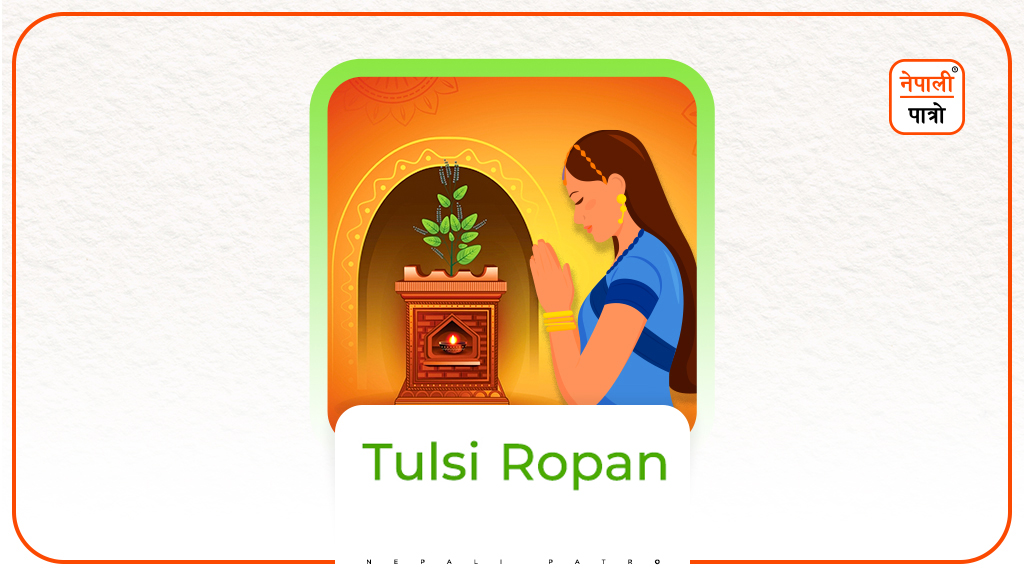 array(1) {
[0]=>
object(WP_Term)#1848 (16) {
["term_id"]=>
int(383)
["name"]=>
string(9) "Festivals"
["slug"]=>
string(12) "festivals-en"
["term_group"]=>
int(0)
["term_taxonomy_id"]=>
int(383)
["taxonomy"]=>
string(8) "category"
["description"]=>
string(440) "Festivals are celebrated on special days and dates by people of different castes and communities celebrating and worshiping different deities by having a feast etc. Melapat (social gathering), means trips, and festivals that bring people together. Jatra usually means the festival of god or goddess like Rath Yatra, Khat Yatra etc. Likewise, traditions refer to different Rituals, practises, and traditions that have long been practiced."
["parent"]=>
int(0)
["count"]=>
int(94)
["filter"]=>
string(3) "raw"
["cat_ID"]=>
int(383)
["category_count"]=>
int(94)
["category_description"]=>
string(440) "Festivals are celebrated on special days and dates by people of different castes and communities celebrating and worshiping different deities by having a feast etc. Melapat (social gathering), means trips, and festivals that bring people together. Jatra usually means the festival of god or goddess like Rath Yatra, Khat Yatra etc. Likewise, traditions refer to different Rituals, practises, and traditions that have long been practiced."
["cat_name"]=>
string(9) "Festivals"
["category_nicename"]=>
string(12) "festivals-en"
["category_parent"]=>
int(0)
}
}
festivals-en
Festivals
array(1) {
[0]=>
object(WP_Term)#1848 (16) {
["term_id"]=>
int(383)
["name"]=>
string(9) "Festivals"
["slug"]=>
string(12) "festivals-en"
["term_group"]=>
int(0)
["term_taxonomy_id"]=>
int(383)
["taxonomy"]=>
string(8) "category"
["description"]=>
string(440) "Festivals are celebrated on special days and dates by people of different castes and communities celebrating and worshiping different deities by having a feast etc. Melapat (social gathering), means trips, and festivals that bring people together. Jatra usually means the festival of god or goddess like Rath Yatra, Khat Yatra etc. Likewise, traditions refer to different Rituals, practises, and traditions that have long been practiced."
["parent"]=>
int(0)
["count"]=>
int(94)
["filter"]=>
string(3) "raw"
["cat_ID"]=>
int(383)
["category_count"]=>
int(94)
["category_description"]=>
string(440) "Festivals are celebrated on special days and dates by people of different castes and communities celebrating and worshiping different deities by having a feast etc. Melapat (social gathering), means trips, and festivals that bring people together. Jatra usually means the festival of god or goddess like Rath Yatra, Khat Yatra etc. Likewise, traditions refer to different Rituals, practises, and traditions that have long been practiced."
["cat_name"]=>
string(9) "Festivals"
["category_nicename"]=>
string(12) "festivals-en"
["category_parent"]=>
int(0)
}
}
festivals-en
Festivals
Method of planting Tulasi
By
Nepali Patro (Sudan Bhattarai Upadhyaya)
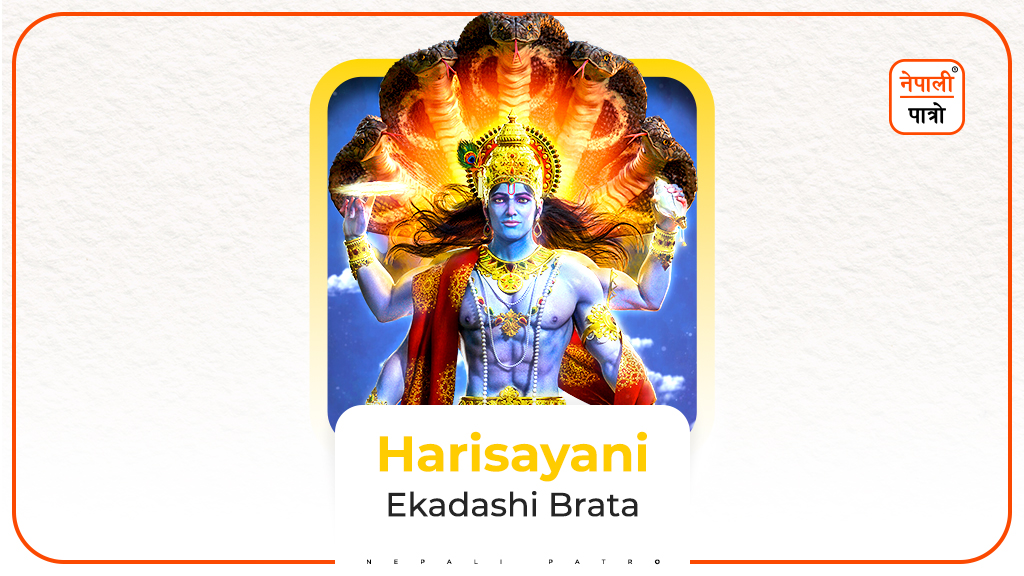 array(1) {
[0]=>
object(WP_Term)#1848 (16) {
["term_id"]=>
int(383)
["name"]=>
string(9) "Festivals"
["slug"]=>
string(12) "festivals-en"
["term_group"]=>
int(0)
["term_taxonomy_id"]=>
int(383)
["taxonomy"]=>
string(8) "category"
["description"]=>
string(440) "Festivals are celebrated on special days and dates by people of different castes and communities celebrating and worshiping different deities by having a feast etc. Melapat (social gathering), means trips, and festivals that bring people together. Jatra usually means the festival of god or goddess like Rath Yatra, Khat Yatra etc. Likewise, traditions refer to different Rituals, practises, and traditions that have long been practiced."
["parent"]=>
int(0)
["count"]=>
int(94)
["filter"]=>
string(3) "raw"
["cat_ID"]=>
int(383)
["category_count"]=>
int(94)
["category_description"]=>
string(440) "Festivals are celebrated on special days and dates by people of different castes and communities celebrating and worshiping different deities by having a feast etc. Melapat (social gathering), means trips, and festivals that bring people together. Jatra usually means the festival of god or goddess like Rath Yatra, Khat Yatra etc. Likewise, traditions refer to different Rituals, practises, and traditions that have long been practiced."
["cat_name"]=>
string(9) "Festivals"
["category_nicename"]=>
string(12) "festivals-en"
["category_parent"]=>
int(0)
}
}
festivals-en
Festivals
array(1) {
[0]=>
object(WP_Term)#1848 (16) {
["term_id"]=>
int(383)
["name"]=>
string(9) "Festivals"
["slug"]=>
string(12) "festivals-en"
["term_group"]=>
int(0)
["term_taxonomy_id"]=>
int(383)
["taxonomy"]=>
string(8) "category"
["description"]=>
string(440) "Festivals are celebrated on special days and dates by people of different castes and communities celebrating and worshiping different deities by having a feast etc. Melapat (social gathering), means trips, and festivals that bring people together. Jatra usually means the festival of god or goddess like Rath Yatra, Khat Yatra etc. Likewise, traditions refer to different Rituals, practises, and traditions that have long been practiced."
["parent"]=>
int(0)
["count"]=>
int(94)
["filter"]=>
string(3) "raw"
["cat_ID"]=>
int(383)
["category_count"]=>
int(94)
["category_description"]=>
string(440) "Festivals are celebrated on special days and dates by people of different castes and communities celebrating and worshiping different deities by having a feast etc. Melapat (social gathering), means trips, and festivals that bring people together. Jatra usually means the festival of god or goddess like Rath Yatra, Khat Yatra etc. Likewise, traditions refer to different Rituals, practises, and traditions that have long been practiced."
["cat_name"]=>
string(9) "Festivals"
["category_nicename"]=>
string(12) "festivals-en"
["category_parent"]=>
int(0)
}
}
festivals-en
Festivals
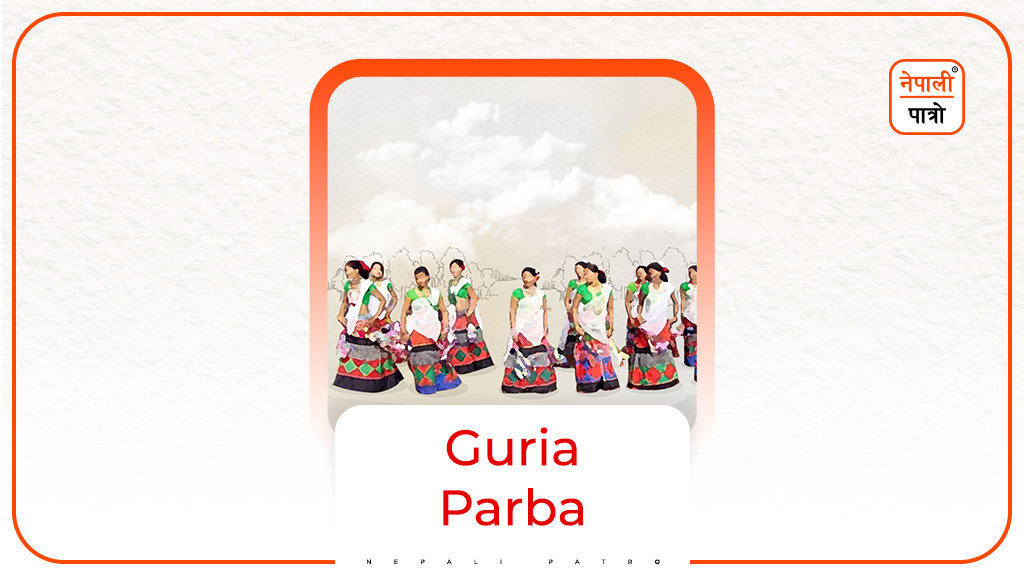 array(1) {
[0]=>
object(WP_Term)#1826 (16) {
["term_id"]=>
int(383)
["name"]=>
string(9) "Festivals"
["slug"]=>
string(12) "festivals-en"
["term_group"]=>
int(0)
["term_taxonomy_id"]=>
int(383)
["taxonomy"]=>
string(8) "category"
["description"]=>
string(440) "Festivals are celebrated on special days and dates by people of different castes and communities celebrating and worshiping different deities by having a feast etc. Melapat (social gathering), means trips, and festivals that bring people together. Jatra usually means the festival of god or goddess like Rath Yatra, Khat Yatra etc. Likewise, traditions refer to different Rituals, practises, and traditions that have long been practiced."
["parent"]=>
int(0)
["count"]=>
int(94)
["filter"]=>
string(3) "raw"
["cat_ID"]=>
int(383)
["category_count"]=>
int(94)
["category_description"]=>
string(440) "Festivals are celebrated on special days and dates by people of different castes and communities celebrating and worshiping different deities by having a feast etc. Melapat (social gathering), means trips, and festivals that bring people together. Jatra usually means the festival of god or goddess like Rath Yatra, Khat Yatra etc. Likewise, traditions refer to different Rituals, practises, and traditions that have long been practiced."
["cat_name"]=>
string(9) "Festivals"
["category_nicename"]=>
string(12) "festivals-en"
["category_parent"]=>
int(0)
}
}
festivals-en
Festivals
array(1) {
[0]=>
object(WP_Term)#1826 (16) {
["term_id"]=>
int(383)
["name"]=>
string(9) "Festivals"
["slug"]=>
string(12) "festivals-en"
["term_group"]=>
int(0)
["term_taxonomy_id"]=>
int(383)
["taxonomy"]=>
string(8) "category"
["description"]=>
string(440) "Festivals are celebrated on special days and dates by people of different castes and communities celebrating and worshiping different deities by having a feast etc. Melapat (social gathering), means trips, and festivals that bring people together. Jatra usually means the festival of god or goddess like Rath Yatra, Khat Yatra etc. Likewise, traditions refer to different Rituals, practises, and traditions that have long been practiced."
["parent"]=>
int(0)
["count"]=>
int(94)
["filter"]=>
string(3) "raw"
["cat_ID"]=>
int(383)
["category_count"]=>
int(94)
["category_description"]=>
string(440) "Festivals are celebrated on special days and dates by people of different castes and communities celebrating and worshiping different deities by having a feast etc. Melapat (social gathering), means trips, and festivals that bring people together. Jatra usually means the festival of god or goddess like Rath Yatra, Khat Yatra etc. Likewise, traditions refer to different Rituals, practises, and traditions that have long been practiced."
["cat_name"]=>
string(9) "Festivals"
["category_nicename"]=>
string(12) "festivals-en"
["category_parent"]=>
int(0)
}
}
festivals-en
Festivals
Guria Parba
By
Nepali Patro (Sudan Bhattarai Upadhyaya)
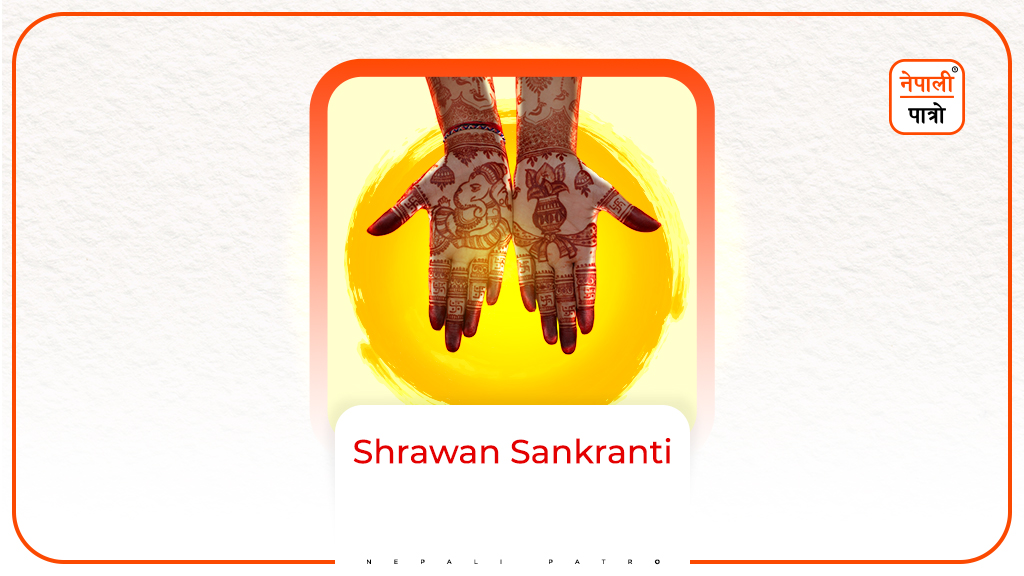 array(1) {
[0]=>
object(WP_Term)#1828 (16) {
["term_id"]=>
int(761)
["name"]=>
string(13) "National Days"
["slug"]=>
string(16) "national-days-en"
["term_group"]=>
int(0)
["term_taxonomy_id"]=>
int(761)
["taxonomy"]=>
string(8) "category"
["description"]=>
string(0) ""
["parent"]=>
int(0)
["count"]=>
int(17)
["filter"]=>
string(3) "raw"
["cat_ID"]=>
int(761)
["category_count"]=>
int(17)
["category_description"]=>
string(0) ""
["cat_name"]=>
string(13) "National Days"
["category_nicename"]=>
string(16) "national-days-en"
["category_parent"]=>
int(0)
}
}
national-days-en
National Days
array(1) {
[0]=>
object(WP_Term)#1828 (16) {
["term_id"]=>
int(761)
["name"]=>
string(13) "National Days"
["slug"]=>
string(16) "national-days-en"
["term_group"]=>
int(0)
["term_taxonomy_id"]=>
int(761)
["taxonomy"]=>
string(8) "category"
["description"]=>
string(0) ""
["parent"]=>
int(0)
["count"]=>
int(17)
["filter"]=>
string(3) "raw"
["cat_ID"]=>
int(761)
["category_count"]=>
int(17)
["category_description"]=>
string(0) ""
["cat_name"]=>
string(13) "National Days"
["category_nicename"]=>
string(16) "national-days-en"
["category_parent"]=>
int(0)
}
}
national-days-en
National Days
Saune Sankranti
By
Nepali Patro
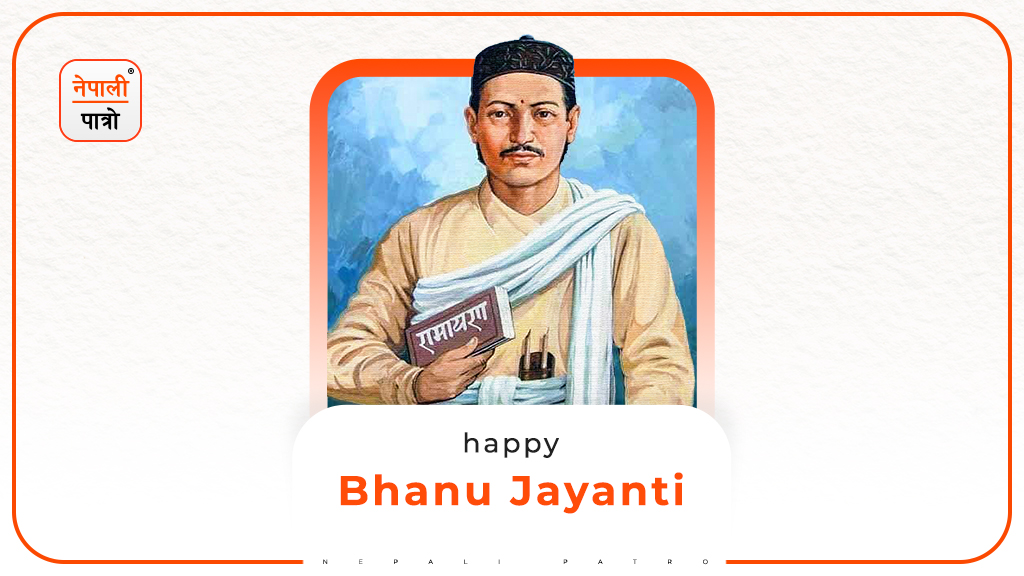 array(1) {
[0]=>
object(WP_Term)#1825 (16) {
["term_id"]=>
int(761)
["name"]=>
string(13) "National Days"
["slug"]=>
string(16) "national-days-en"
["term_group"]=>
int(0)
["term_taxonomy_id"]=>
int(761)
["taxonomy"]=>
string(8) "category"
["description"]=>
string(0) ""
["parent"]=>
int(0)
["count"]=>
int(17)
["filter"]=>
string(3) "raw"
["cat_ID"]=>
int(761)
["category_count"]=>
int(17)
["category_description"]=>
string(0) ""
["cat_name"]=>
string(13) "National Days"
["category_nicename"]=>
string(16) "national-days-en"
["category_parent"]=>
int(0)
}
}
national-days-en
National Days
array(1) {
[0]=>
object(WP_Term)#1825 (16) {
["term_id"]=>
int(761)
["name"]=>
string(13) "National Days"
["slug"]=>
string(16) "national-days-en"
["term_group"]=>
int(0)
["term_taxonomy_id"]=>
int(761)
["taxonomy"]=>
string(8) "category"
["description"]=>
string(0) ""
["parent"]=>
int(0)
["count"]=>
int(17)
["filter"]=>
string(3) "raw"
["cat_ID"]=>
int(761)
["category_count"]=>
int(17)
["category_description"]=>
string(0) ""
["cat_name"]=>
string(13) "National Days"
["category_nicename"]=>
string(16) "national-days-en"
["category_parent"]=>
int(0)
}
}
national-days-en
National Days
Bhanu Jayanti
By
Nepali Patro (Sudan Bhattarai Upadhyaya)
 array(1) {
[0]=>
object(WP_Term)#2012 (16) {
["term_id"]=>
int(1510)
["name"]=>
string(18) "International Days"
["slug"]=>
string(21) "international-days-en"
["term_group"]=>
int(0)
["term_taxonomy_id"]=>
int(1510)
["taxonomy"]=>
string(8) "category"
["description"]=>
string(0) ""
["parent"]=>
int(0)
["count"]=>
int(41)
["filter"]=>
string(3) "raw"
["cat_ID"]=>
int(1510)
["category_count"]=>
int(41)
["category_description"]=>
string(0) ""
["cat_name"]=>
string(18) "International Days"
["category_nicename"]=>
string(21) "international-days-en"
["category_parent"]=>
int(0)
}
}
international-days-en
International Days
array(1) {
[0]=>
object(WP_Term)#2012 (16) {
["term_id"]=>
int(1510)
["name"]=>
string(18) "International Days"
["slug"]=>
string(21) "international-days-en"
["term_group"]=>
int(0)
["term_taxonomy_id"]=>
int(1510)
["taxonomy"]=>
string(8) "category"
["description"]=>
string(0) ""
["parent"]=>
int(0)
["count"]=>
int(41)
["filter"]=>
string(3) "raw"
["cat_ID"]=>
int(1510)
["category_count"]=>
int(41)
["category_description"]=>
string(0) ""
["cat_name"]=>
string(18) "International Days"
["category_nicename"]=>
string(21) "international-days-en"
["category_parent"]=>
int(0)
}
}
international-days-en
International Days
World Population Day
By
Nepali Patro (Sudan Bhattarai Upadhyaya)
 array(1) {
[0]=>
object(WP_Term)#2013 (16) {
["term_id"]=>
int(5164)
["name"]=>
string(6) "Notice"
["slug"]=>
string(9) "notice-en"
["term_group"]=>
int(0)
["term_taxonomy_id"]=>
int(5164)
["taxonomy"]=>
string(8) "category"
["description"]=>
string(0) ""
["parent"]=>
int(0)
["count"]=>
int(8)
["filter"]=>
string(3) "raw"
["cat_ID"]=>
int(5164)
["category_count"]=>
int(8)
["category_description"]=>
string(0) ""
["cat_name"]=>
string(6) "Notice"
["category_nicename"]=>
string(9) "notice-en"
["category_parent"]=>
int(0)
}
}
notice-en
Notice
array(1) {
[0]=>
object(WP_Term)#2013 (16) {
["term_id"]=>
int(5164)
["name"]=>
string(6) "Notice"
["slug"]=>
string(9) "notice-en"
["term_group"]=>
int(0)
["term_taxonomy_id"]=>
int(5164)
["taxonomy"]=>
string(8) "category"
["description"]=>
string(0) ""
["parent"]=>
int(0)
["count"]=>
int(8)
["filter"]=>
string(3) "raw"
["cat_ID"]=>
int(5164)
["category_count"]=>
int(8)
["category_description"]=>
string(0) ""
["cat_name"]=>
string(6) "Notice"
["category_nicename"]=>
string(9) "notice-en"
["category_parent"]=>
int(0)
}
}
notice-en
Notice
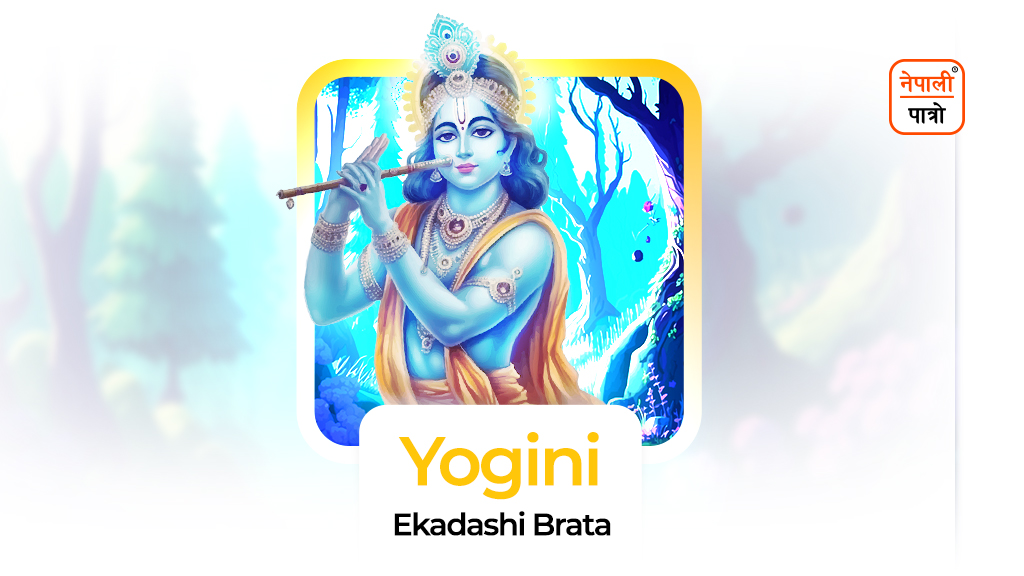 array(1) {
[0]=>
object(WP_Term)#2015 (16) {
["term_id"]=>
int(383)
["name"]=>
string(9) "Festivals"
["slug"]=>
string(12) "festivals-en"
["term_group"]=>
int(0)
["term_taxonomy_id"]=>
int(383)
["taxonomy"]=>
string(8) "category"
["description"]=>
string(440) "Festivals are celebrated on special days and dates by people of different castes and communities celebrating and worshiping different deities by having a feast etc. Melapat (social gathering), means trips, and festivals that bring people together. Jatra usually means the festival of god or goddess like Rath Yatra, Khat Yatra etc. Likewise, traditions refer to different Rituals, practises, and traditions that have long been practiced."
["parent"]=>
int(0)
["count"]=>
int(94)
["filter"]=>
string(3) "raw"
["cat_ID"]=>
int(383)
["category_count"]=>
int(94)
["category_description"]=>
string(440) "Festivals are celebrated on special days and dates by people of different castes and communities celebrating and worshiping different deities by having a feast etc. Melapat (social gathering), means trips, and festivals that bring people together. Jatra usually means the festival of god or goddess like Rath Yatra, Khat Yatra etc. Likewise, traditions refer to different Rituals, practises, and traditions that have long been practiced."
["cat_name"]=>
string(9) "Festivals"
["category_nicename"]=>
string(12) "festivals-en"
["category_parent"]=>
int(0)
}
}
festivals-en
Festivals
array(1) {
[0]=>
object(WP_Term)#2015 (16) {
["term_id"]=>
int(383)
["name"]=>
string(9) "Festivals"
["slug"]=>
string(12) "festivals-en"
["term_group"]=>
int(0)
["term_taxonomy_id"]=>
int(383)
["taxonomy"]=>
string(8) "category"
["description"]=>
string(440) "Festivals are celebrated on special days and dates by people of different castes and communities celebrating and worshiping different deities by having a feast etc. Melapat (social gathering), means trips, and festivals that bring people together. Jatra usually means the festival of god or goddess like Rath Yatra, Khat Yatra etc. Likewise, traditions refer to different Rituals, practises, and traditions that have long been practiced."
["parent"]=>
int(0)
["count"]=>
int(94)
["filter"]=>
string(3) "raw"
["cat_ID"]=>
int(383)
["category_count"]=>
int(94)
["category_description"]=>
string(440) "Festivals are celebrated on special days and dates by people of different castes and communities celebrating and worshiping different deities by having a feast etc. Melapat (social gathering), means trips, and festivals that bring people together. Jatra usually means the festival of god or goddess like Rath Yatra, Khat Yatra etc. Likewise, traditions refer to different Rituals, practises, and traditions that have long been practiced."
["cat_name"]=>
string(9) "Festivals"
["category_nicename"]=>
string(12) "festivals-en"
["category_parent"]=>
int(0)
}
}
festivals-en
Festivals
Yogini Ekadashi
By
Nepali Patro
 array(1) {
[0]=>
object(WP_Term)#2016 (16) {
["term_id"]=>
int(1510)
["name"]=>
string(18) "International Days"
["slug"]=>
string(21) "international-days-en"
["term_group"]=>
int(0)
["term_taxonomy_id"]=>
int(1510)
["taxonomy"]=>
string(8) "category"
["description"]=>
string(0) ""
["parent"]=>
int(0)
["count"]=>
int(41)
["filter"]=>
string(3) "raw"
["cat_ID"]=>
int(1510)
["category_count"]=>
int(41)
["category_description"]=>
string(0) ""
["cat_name"]=>
string(18) "International Days"
["category_nicename"]=>
string(21) "international-days-en"
["category_parent"]=>
int(0)
}
}
international-days-en
International Days
array(1) {
[0]=>
object(WP_Term)#2016 (16) {
["term_id"]=>
int(1510)
["name"]=>
string(18) "International Days"
["slug"]=>
string(21) "international-days-en"
["term_group"]=>
int(0)
["term_taxonomy_id"]=>
int(1510)
["taxonomy"]=>
string(8) "category"
["description"]=>
string(0) ""
["parent"]=>
int(0)
["count"]=>
int(41)
["filter"]=>
string(3) "raw"
["cat_ID"]=>
int(1510)
["category_count"]=>
int(41)
["category_description"]=>
string(0) ""
["cat_name"]=>
string(18) "International Days"
["category_nicename"]=>
string(21) "international-days-en"
["category_parent"]=>
int(0)
}
}
international-days-en
International Days
World Sports Journalist Day
By
Nepali Patro (Sudan Bhattarai Upadhyaya)
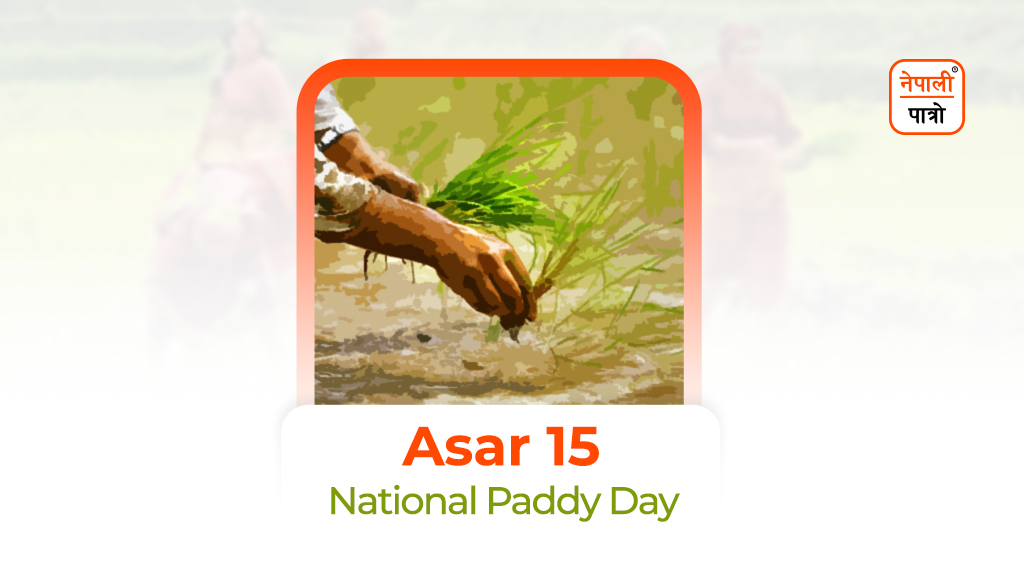 array(1) {
[0]=>
object(WP_Term)#2017 (16) {
["term_id"]=>
int(761)
["name"]=>
string(13) "National Days"
["slug"]=>
string(16) "national-days-en"
["term_group"]=>
int(0)
["term_taxonomy_id"]=>
int(761)
["taxonomy"]=>
string(8) "category"
["description"]=>
string(0) ""
["parent"]=>
int(0)
["count"]=>
int(17)
["filter"]=>
string(3) "raw"
["cat_ID"]=>
int(761)
["category_count"]=>
int(17)
["category_description"]=>
string(0) ""
["cat_name"]=>
string(13) "National Days"
["category_nicename"]=>
string(16) "national-days-en"
["category_parent"]=>
int(0)
}
}
national-days-en
National Days
array(1) {
[0]=>
object(WP_Term)#2017 (16) {
["term_id"]=>
int(761)
["name"]=>
string(13) "National Days"
["slug"]=>
string(16) "national-days-en"
["term_group"]=>
int(0)
["term_taxonomy_id"]=>
int(761)
["taxonomy"]=>
string(8) "category"
["description"]=>
string(0) ""
["parent"]=>
int(0)
["count"]=>
int(17)
["filter"]=>
string(3) "raw"
["cat_ID"]=>
int(761)
["category_count"]=>
int(17)
["category_description"]=>
string(0) ""
["cat_name"]=>
string(13) "National Days"
["category_nicename"]=>
string(16) "national-days-en"
["category_parent"]=>
int(0)
}
}
national-days-en
National Days
National Paddy Day
By
Nepali Patro (Sudan Bhattarai Upadhyaya)
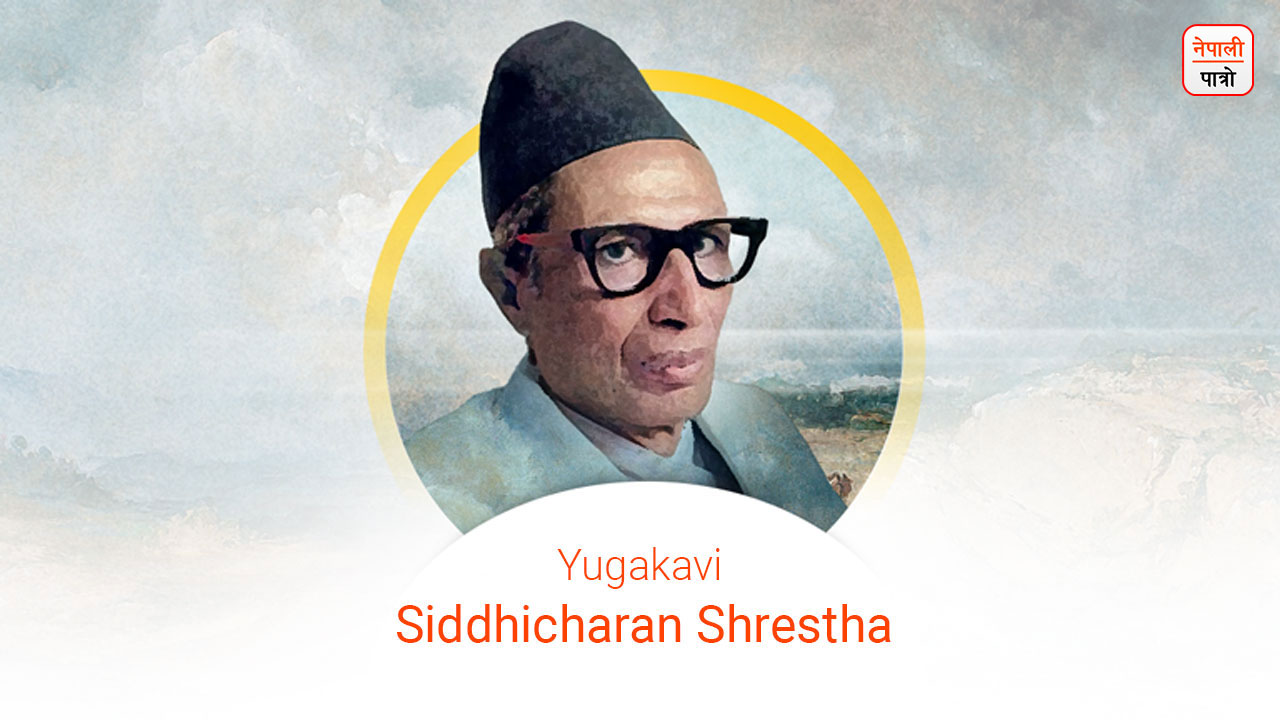 array(1) {
[0]=>
object(WP_Term)#2008 (16) {
["term_id"]=>
int(4987)
["name"]=>
string(18) "Principle Articles"
["slug"]=>
string(21) "principle-articles-en"
["term_group"]=>
int(0)
["term_taxonomy_id"]=>
int(4987)
["taxonomy"]=>
string(8) "category"
["description"]=>
string(0) ""
["parent"]=>
int(0)
["count"]=>
int(5)
["filter"]=>
string(3) "raw"
["cat_ID"]=>
int(4987)
["category_count"]=>
int(5)
["category_description"]=>
string(0) ""
["cat_name"]=>
string(18) "Principle Articles"
["category_nicename"]=>
string(21) "principle-articles-en"
["category_parent"]=>
int(0)
}
}
principle-articles-en
Principle Articles
array(1) {
[0]=>
object(WP_Term)#2008 (16) {
["term_id"]=>
int(4987)
["name"]=>
string(18) "Principle Articles"
["slug"]=>
string(21) "principle-articles-en"
["term_group"]=>
int(0)
["term_taxonomy_id"]=>
int(4987)
["taxonomy"]=>
string(8) "category"
["description"]=>
string(0) ""
["parent"]=>
int(0)
["count"]=>
int(5)
["filter"]=>
string(3) "raw"
["cat_ID"]=>
int(4987)
["category_count"]=>
int(5)
["category_description"]=>
string(0) ""
["cat_name"]=>
string(18) "Principle Articles"
["category_nicename"]=>
string(21) "principle-articles-en"
["category_parent"]=>
int(0)
}
}
principle-articles-en
Principle Articles
error: Please get rights from Nepali Patro for coping contents from this site. !!!











